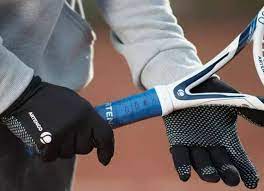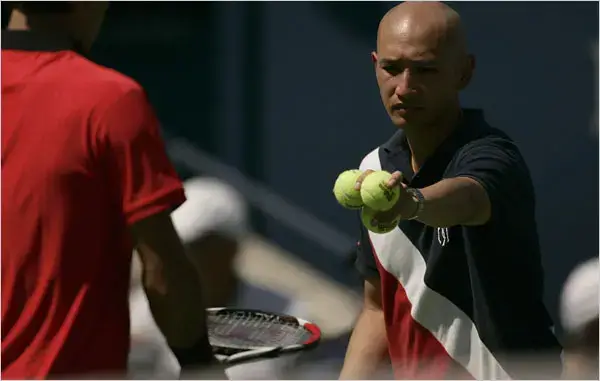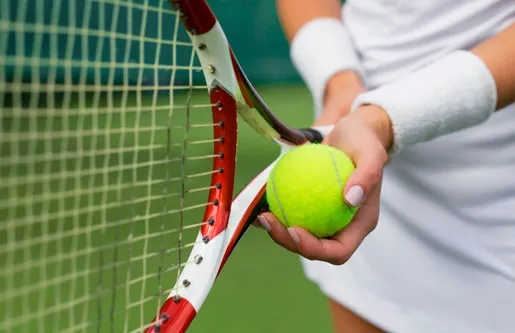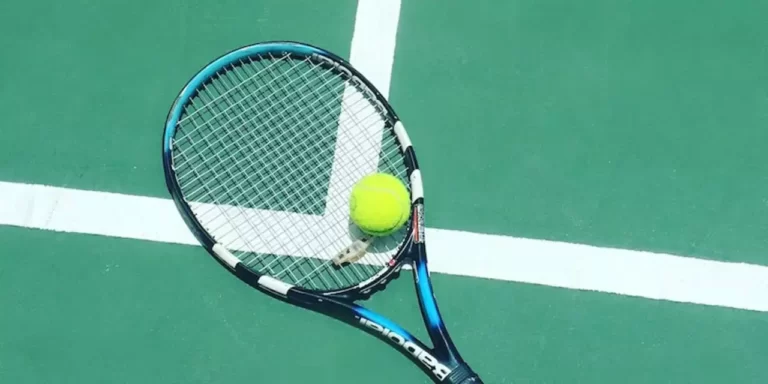What Is An Ace In Tennis? ( A Detailed Guide )
An ace is a term used frequently and with great emotion in the world of tennis. An ace serves as the best example of skill and accuracy in serving. But what is an ace in tennis?
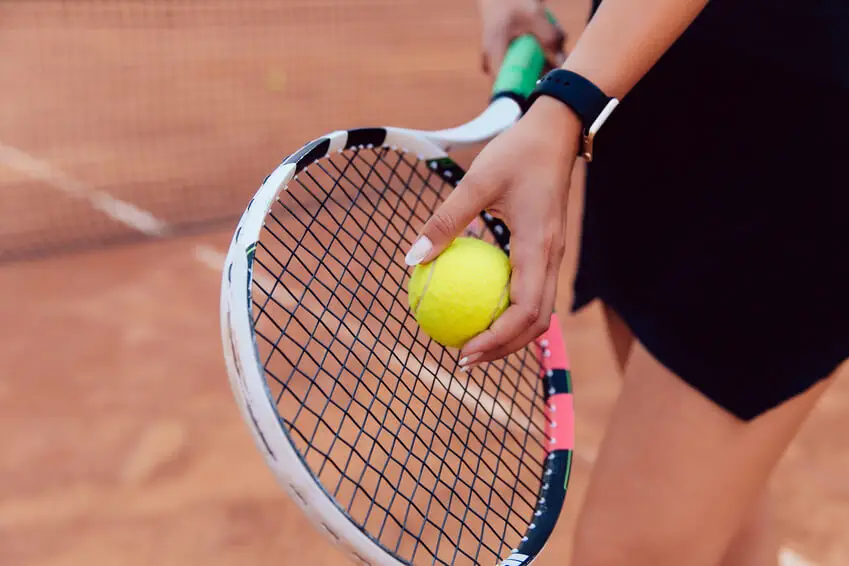
A serve properly delivered and received untouchable is known as an ace in tennis. If it lands in the service box, the server automatically wins the point with no return.
In this article, we’ll delve into the technical details and tactical ramifications of this powerful shot as we examine the definition and significance of an ace.
Understanding the idea of an ace is crucial if you want to fully appreciate the game’s beauty and dynamics, regardless of whether you are an experienced tennis fanatic or a curious newbie. So let’s explore the world of tennis aces today.
Here is A Detailed Guide On what is an ace in tennis:
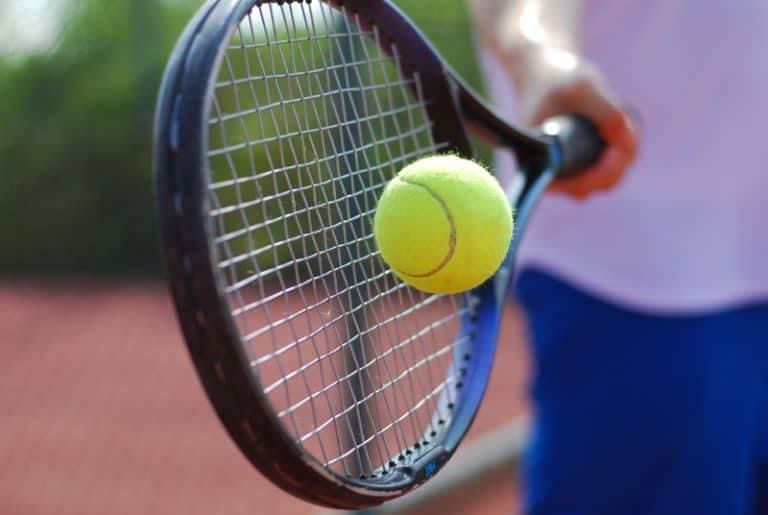
Players place a great value on aces since they immediately tip the balance of a game in favor of the server and provide them a big advantage. So here is a step-by-step explanation of what is an ace in tennis:
Definition:
A serve that successfully enters the service box and avoids the opponent’s racquet is known as an ace. The serve is strong and well-placed, making it challenging for the recipient to return the ball.
Winning the point:
When the server hits an ace, the receiver cannot touch the ball, and the server is given the point. The server can win the point without participating in an effort or depending on the receiver’s mistake.
First, serve advantage:
On a player’s first serve, when they can use their full force and take greater chances with ball placement, aces are frequently seen. This is due to the server’s increased ability to aim for the outermost portions of the service box, raising the possibility of connecting with an unreturnable service.
Serve speed and placement:
It is more difficult for the receiving player to reach and return the ball when the server serves up the center or wide, frequently resulting in a well-executed race. A serve’s speed and placement are key factors in getting an ace.
Record-breaking aces:
Since 1991, aces have been formally tracked in professional tennis. The record for the most aces in a competition or match belongs to athletes like John Isner and Ivo Karlovi. For instance, Isner set the record for the most aces served overall with 214 during the 2018 Wimbledon tournament.
Serving technique:
Tennis players frequently create unique serving strategies to increase their chances of hitting aces because serving is an important part of the game. A player’s capacity for serving connoisseurs depends on various variables, including height, power, and accuracy. Due to their better angle and clearance above the net, tall players typically have an edge.
How Do Players Hit Aces?

Aces are strong shots that often win the server a point and call for a combination of strength, accuracy, and cunning. Because an opponent cannot return an ace, it is seen as remarkable and valuable.
This contrasts with a service winner, which gets returned but is insufficient to keep the ball in play. Players often concentrate on their serve speed and direction to hit an ace.
Increasing the serve’s force can delay the opponent’s reaction and make it more challenging for them to return the ball successfully. Power and accuracy can be combined to even greater effect. Players can use various tactics and strategies to improve their chances of hitting aces.
For example:
Receiving players may find putting their racquet on the ball more difficult if the serve is made wide or up the middle.
Additionally, taller players tend to hit more aces than shorter players because their height allows them more room to maneuver around the net while launching powerful flat serves, increasing their margin for error.
Can You Hit An Ace With a Second Serve?
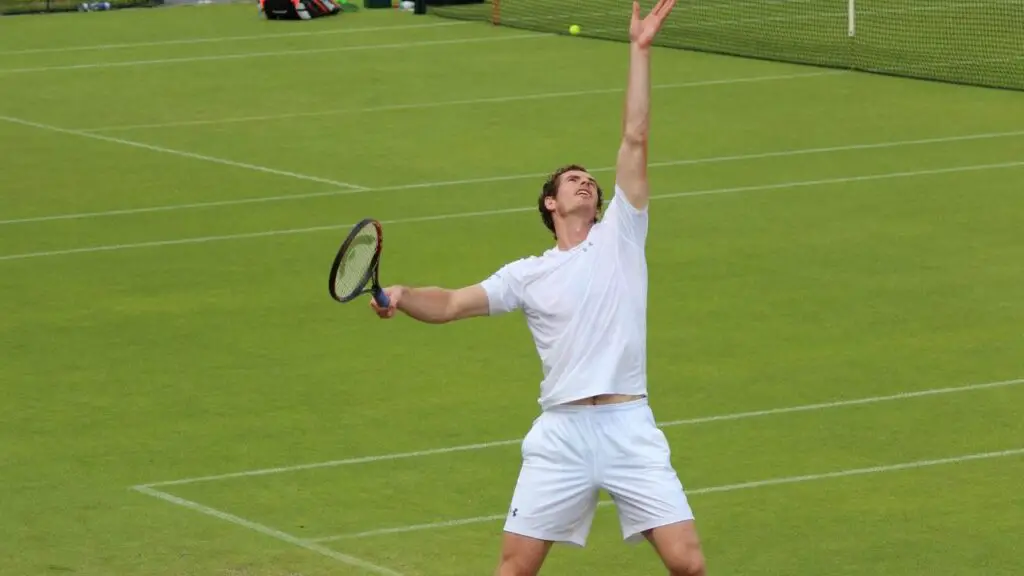
Yes, you can make an ace on your second serve. It demands thoughtful positioning and a solid serve. You can do the following actions to make an ace on your second serve:
Choose your target:
Decide where to direct your service in the service box, such as down the T (center) or out wide.
Maintain a consistent ball toss:
To prevent giving away the direction of your intended serve, maintain consistency in your ball toss.
Consider your opponent’s positioning:
Consider the patterns of your adversary and check to see if they have any biases. Attack the opposing side to take advantage of their flaws.
Mix up your serves:
To keep your opponent off balance, vary the location and speed of your serves. Go for a more forceful serve to catch them off guard.
Practice and repetition:
Regular will help you develop a dependable and efficient second serve. Make it harder to return by using variation, spin, and cover.
How Many Aces Are There Per Match And Set?

The average number of aces in each match and set can change based on several variables, including the playing surface and the players’ skill levels. The average amount of aces each match and the set is as follows:
- Professional men’s matches or sets typically have three aces every game or set.
- In professional women’s sets or matches, there are often two aces every set or match.
- John Isner, who played Nicolas Mahut at Wimbledon in 2010, holds the record for the most aces in a match with 113.
Who Hit The Most Aces in Professional Tennis?
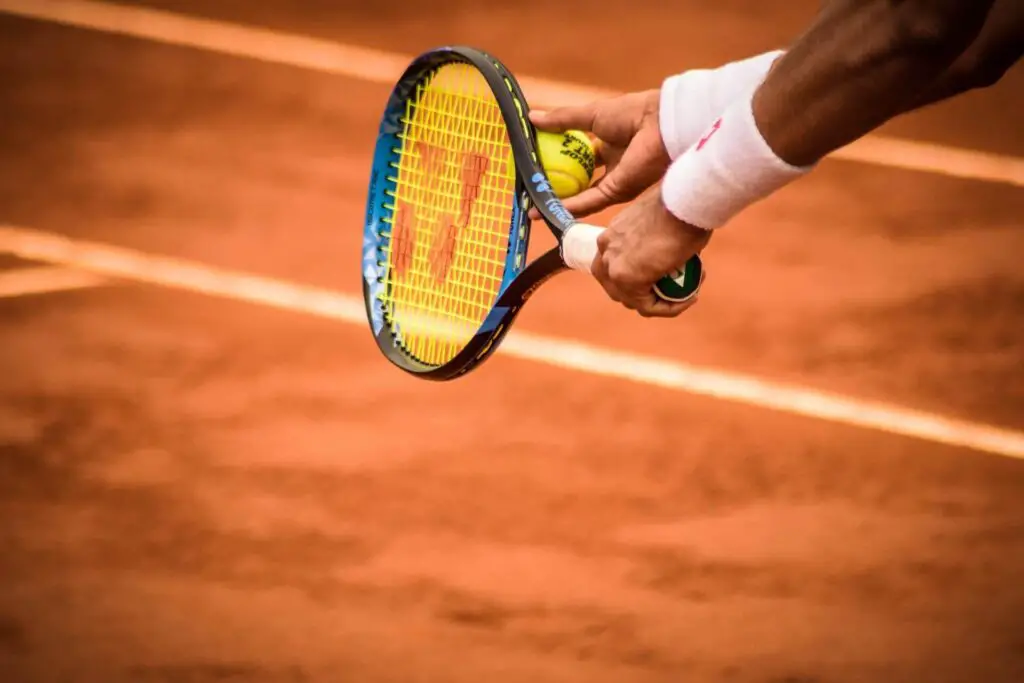
John Isner is the professional tennis player with the most aces. He has several records for aces in several categories.
Most aces in a single tournament:
During the 2018 Wimbledon Championships, John Isner served up 214 aces.
Most aces in a single match:
The most aces have ever been struck in a single game was 113 by John Isner during his 11-hour showdown with Nicolas Mahut at Wimbledon in 2010.
Most career aces:
With 13,782 career aces, John Isner now owns the record.
A well-known players like Ivo Karlovi and Goran Ivanievi have also slammed many aces in professional tennis. 2015’s best-of-three-set showdown at Halle featured 45 aces from Ivo Karlovi. The record for the most aces in a season belongs to Goran Ivanievi, who had 1,477 in 1996.
How Many Points Does An Ace Give You?
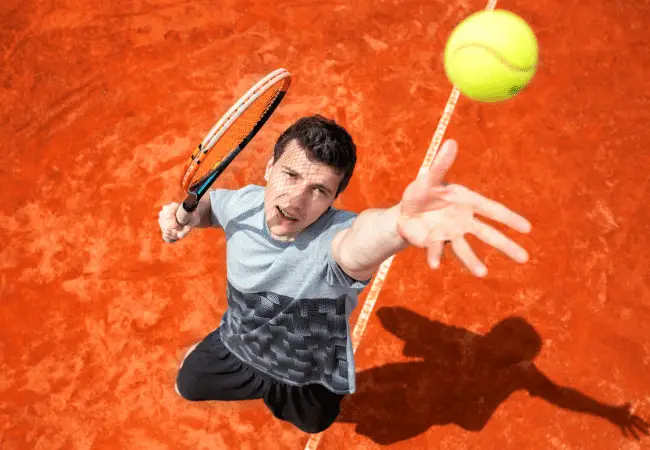
An ace typically gives you 1 point in various card games. Remembering that an ace’s point value might change based on the card game being played is crucial. Here are a few illustrations:
Ace-Ten Games:
In the popular Ace-Ten games played in Europe, an ace is valued at 11 points. With 10 points, the ten cards are likewise regarded as having significant worth. Other cards, such as kings, queens, and jacks, each have a certain point value.
Standard French Deck:
An ace is usually seen as a high-ranking card in the traditional French deck, yet its point value is only 1.
Cribbage:
In cribbage, aces are considered low and worth 1 point when pegged and counting up to 15. In cribbage, the value of aces is not normally as high.
Conclusion:
In tennis, a magnificent shot when the server strikes the ball so beautifully that the adversary cannot touch it is called an ace. It gives the server a primary point and highlights its unique abilities.
An Ace In Tennis creates an exciting moment for players and spectators by showcasing the server’s power and influence over the match. This amazing show of force and accuracy may completely alter the course of a match.
So, when you’re watching a tennis match, keep an eye out for those terrific serves intended for What Is An Ace In Tennis, as these are the truly enthralling moments that best capture the thrill of the game.
REFERENCES:
- https://mytennishq.com/what-is-an-ace-in-tennis/
- https://tenniscompanion.org/ace/
- https://en.wikipedia.org/wiki/Ace_(tennis)
- https://matchpointpost.com/aces-in-tennis/
Related Posts
Do Rackets Go Dead In The Cold?
Can Tennis Balls Dent Your Car?
Why Tennis Players Keep Balls In Pockets?


